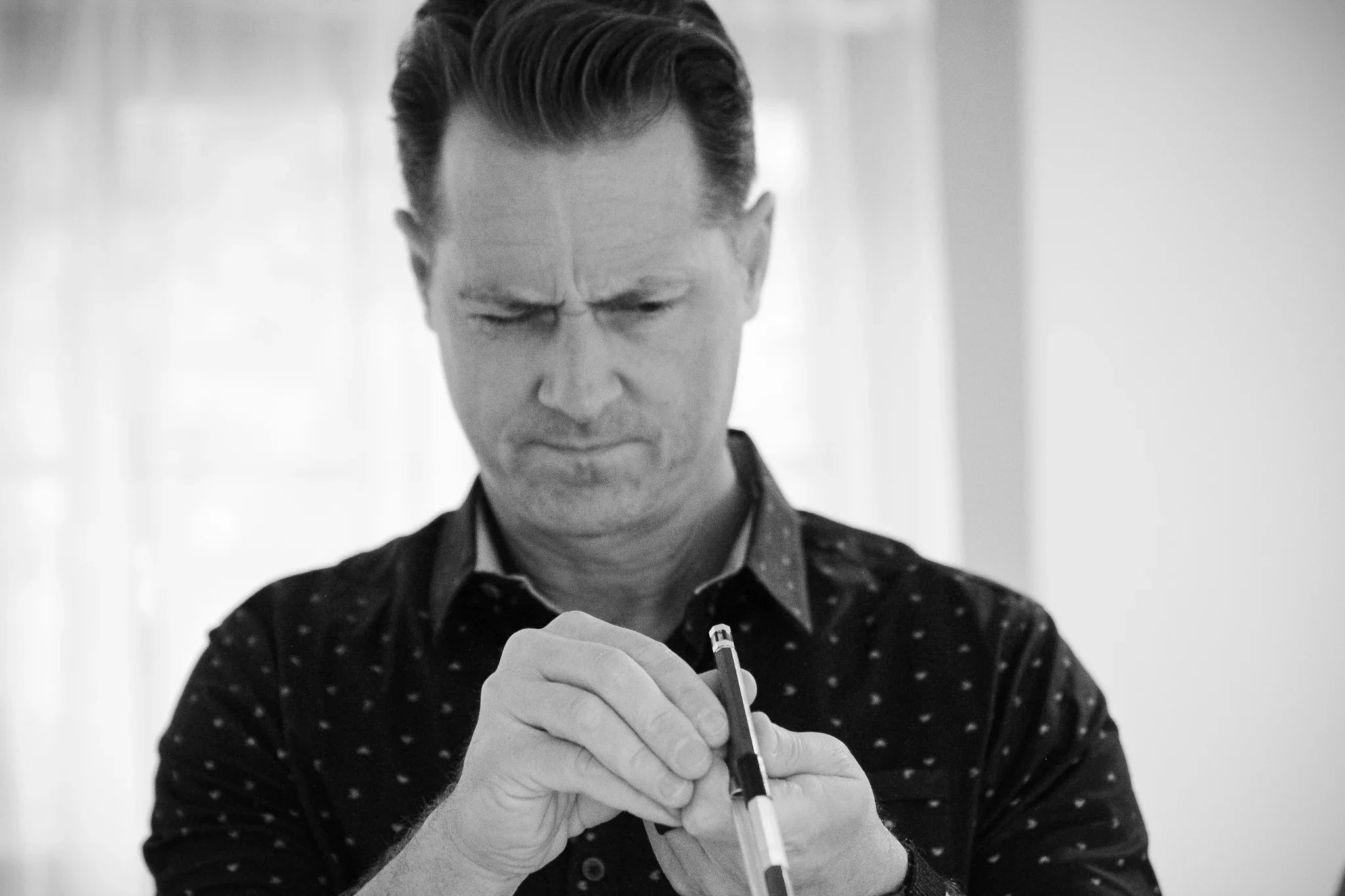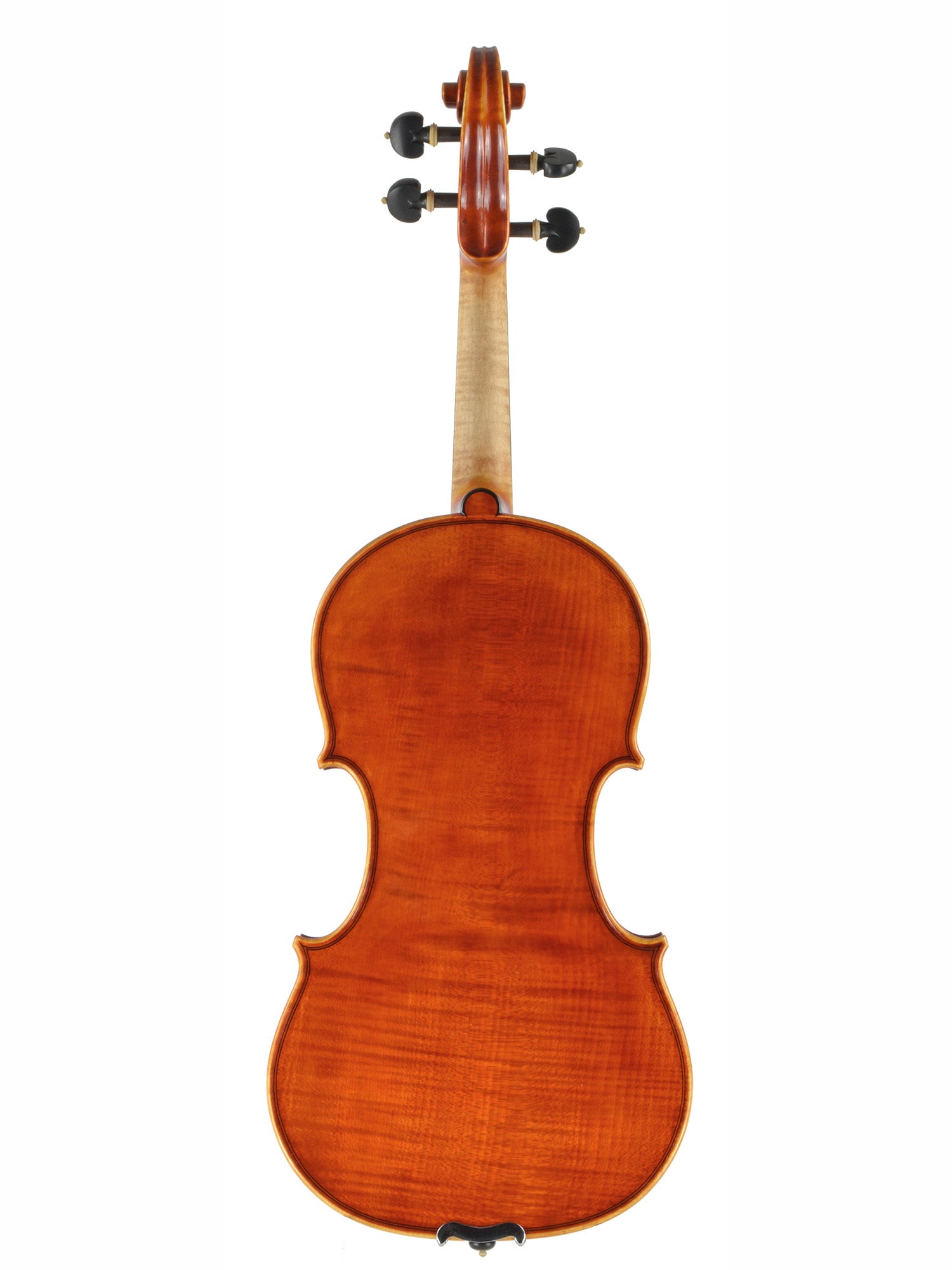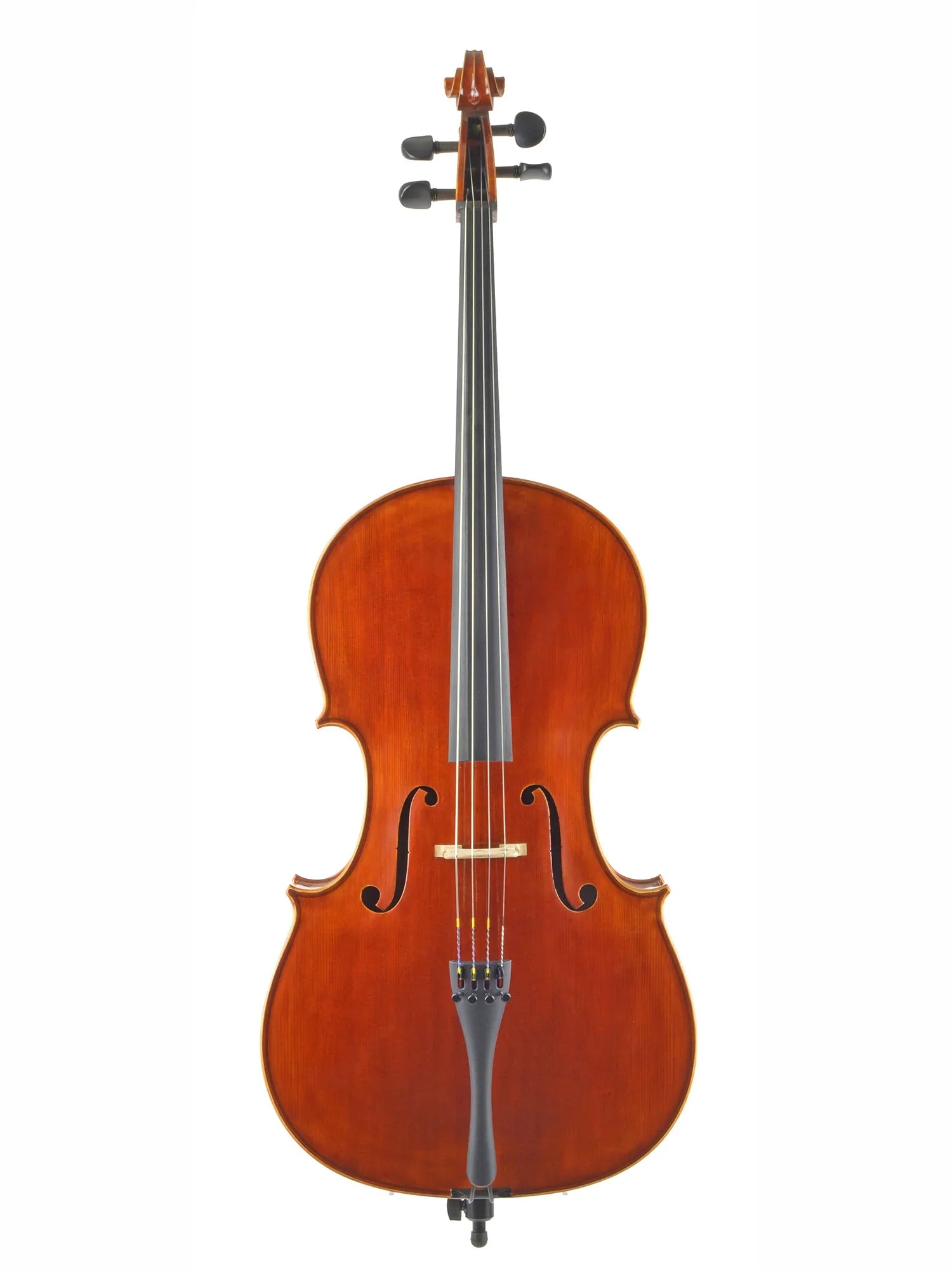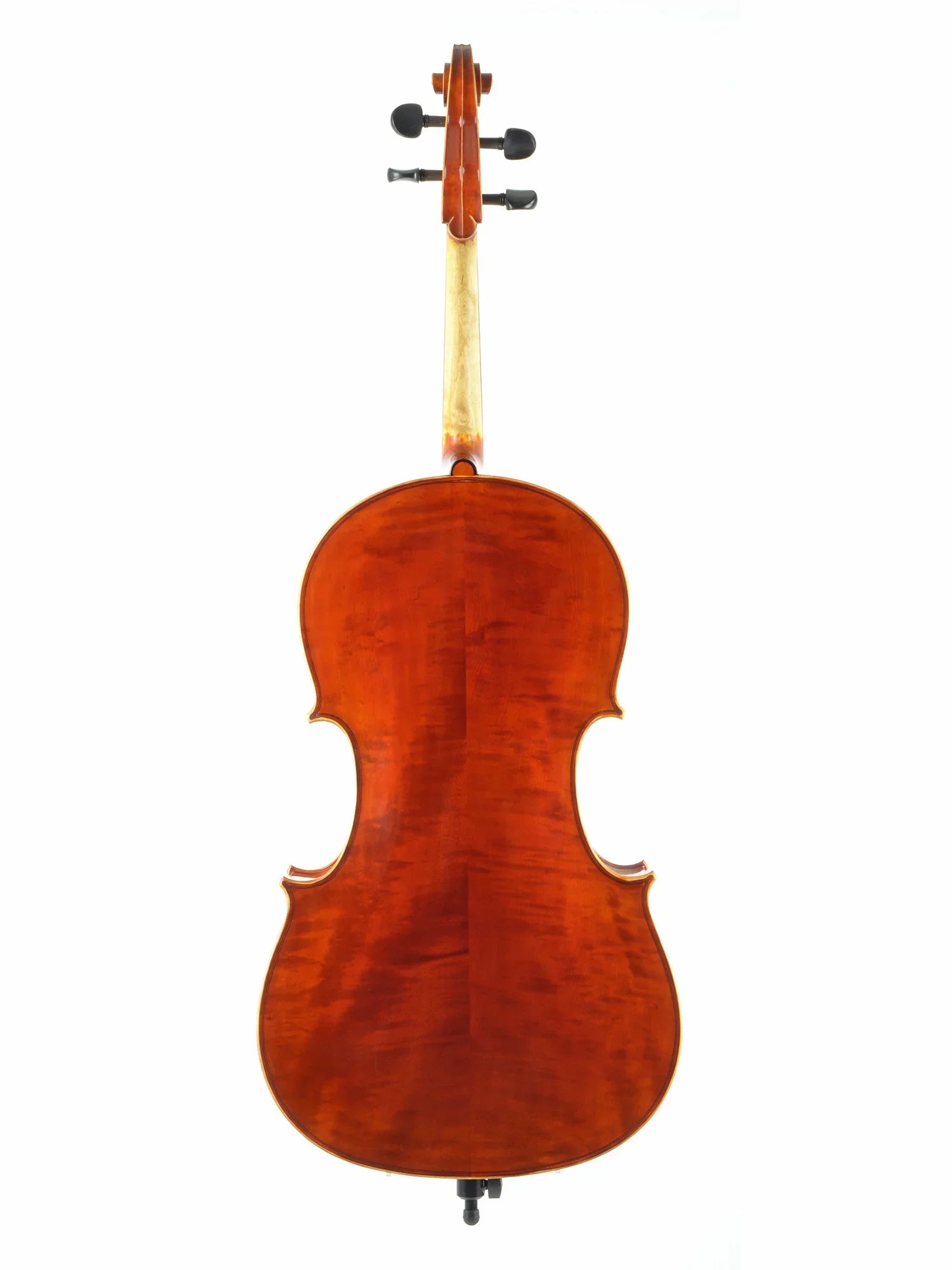
Pitfalls To Avoid When Buying a Violin
A violin that does not arrive setup and ready to play.
It sometimes costs more than the actual instrument to set it up, if we can even make it playable. If the “parts” are all there, there aren’t enough IKEA diagrams for someone to expect a player or family to be able to properly setup their own violin. Tune and go!
Colored violins
Anything not on the yellow, brown, red spectrum of natural varnishes should be avoided! It’s a sign of poor craftsmanship, and the thick lacquer paint will actually dampen the violin’s vibrations.
Instruments sold with a picture of numerous accessories - more is not more in this case.
A tuner metronome is at least $20, and there are numerous free apps you can use. The included ones will be extremely cheap and not last…and might even be inaccurate. Put your violin budget into your instrument or bow. While it is nice to have a shoulder rest to get started, most of the ‘included’ ones are knockoff rests, and break easily. Each violinist’s body is different, so it’s better to select the right shoulder rest for you and your positioning, and the one suggested by your teacher rather than one as part of a ‘kit’. It’s best to buy these accessories separately from your instrument, case, and bow, under the direction of your instructor.
Extra bridge or extra strings
This is a major red flag! A basic bridge blank (unfitted) made from hard maple costs $8 plus custom fitting, which is at least $20. A good student set of strings costs at least $15. The included bridge is more like kindling than a vital component of your violin that transfers your bowing/plucking into the violin body. Similarly the included strings are more like “cheese cutters” and even the best violinist can’t make cheap steel strings sound good, as many of these are low quality steel with wire cores.
Anything 'bright and shiny'
If the fine tuners are silver or gold, they are heavy and attached to an inexpensive wood tailpiece. The heavy fine tuners dampen your violin, and the arms that extend off the tailpiece and hold your strings distort the string’s proper vibrations.
Extra bow
The bows included in many budget outfits can be assumed to be poor quality, but if you’re getting two bows, then you’re further pulling funds away from a quality instrument, and now you have two very low-grade bows. The mysterious woods used on those bows will warp, be heavy and/or poorly balanced, and make playing extremely difficult. The sticks will not be balanced for quicker passages, and the stick’s flimsy nature will prevent smooth lyrical play with so little strength.
Painted purfling
If they don’t specifically say inlaid purfling, it is most likely painted. You can also tell by visual inspection. Without proper purfling, a small accident can destroy your violin, as the purfling acts as a barrier to prevent cracks from spreading to the outer edges.
“Blackened” or “ebonified” parts
Stick to blackened fish! Blackened maple or rosewood do not have the same durability and will make for poorly turning pegs or a bumpy fingerboard.
Looking to buy a violin? Contact us today! We have been helping artists of all ages find their dream violin since 1997. Shop our collection of violins or learn more about how much you should spend on a violin or what makes a good beginner violin.














Leave a comment
This site is protected by hCaptcha and the hCaptcha Privacy Policy and Terms of Service apply.